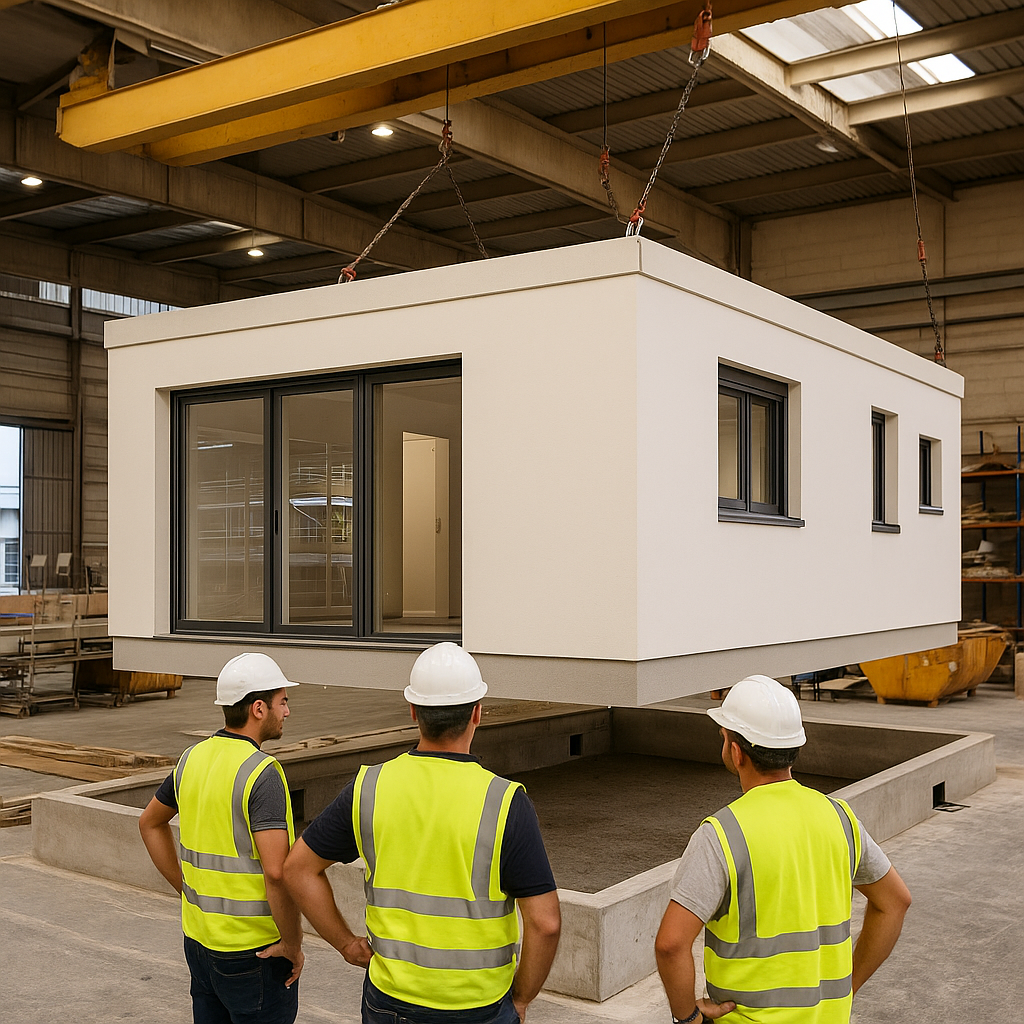How AI Accelerates Architectural and Engineering Design
In an era marked by labor shortages and increasing pressure to meet sustainability goals and stay within budget, the need for tools that streamline the design phase has become especially urgent. In recent years, Artificial Intelligence (AI) has entered the fields of architecture and engineering not as a gimmick, but as a powerful tool that brings tangible value from the earliest stages of a project - from initial sketches and visualizations to system coordination (such as HVAC, electrical, and plumbing), and even detailed structural planning.
Leading Global Firms Are Already There
In the world’s top design and architecture firms, AI is already being used in the early stages of planning, with each firm applying it in its own unique way:
-
Zaha Hadid Architects uses AI to generate early concepts and design alternatives, allowing the team to explore dozens of design options and increase its chances of winning competitions through compelling visual models. The result is a significant reduction in time and rendering costs.
-
Arup developed InForm, a generative design tool that enables engineers and architects to quickly assess design alternatives based on structural loads, performance targets, sustainability goals, and regulatory requirements. The tool integrates with existing BIM software and produces optimized structural solutions that save time, materials, and carbon emissions.
-
Gensler, one of the largest architecture firms in the world, integrates AI to analyze user behavior patterns and design workspaces, commercial venues, and urban areas that are both functional and sustainable.
Israel Is Also Producing Cutting Edge Solutions
Beyond the global firms leading the AI conversation in architecture and engineering, Israel’s ConTech ecosystem is fostering innovative startups that apply AI in project design - from structural optimization to space planning and construction documentation. Here are three standout examples:
Structure Pal: Optimizing Structural Design and Reducing Costs and Emissions with AI
Structure Pal is an Israeli startup offering an AI-based tool for engineers, planners, and project managers that optimizes reinforced concrete use during structural design.
The system integrates seamlessly with existing workflows (e.g., Revit or AutoCAD) without requiring special training. It enables professionals to significantly reduce material quantities, costs, and CO₂ emissions - all without compromising on design efficiency or quality. According to the company, the tool shortens design time and can reduce concrete use, construction costs, and carbon emissions by approximately 15 percent throughout the project lifecycle.
The system has already been adopted by leading Israeli and international companies such as Shikun & Binui, Shapir, and the Azrieli Group.
Qbiq: Fast Space Planning with an AI-Powered Architecture Platform
Qbiq has developed an architectural AI platform that enables architects, developers, brokers, and tenants to design and visualize the full potential of a space within minutes, whether the requirements are simple or complex.
The platform automatically generates a variety of architectural outputs - from conceptual plans and detailed layouts to 3D visualizations, virtual tours, CAD and Revit models, and even budget estimates. This significantly shortens early-stage project workflows and helps clients make faster, more informed planning decisions. What used to take weeks or months can now be achieved within hours.
Qbiq’s system is already in use by international leaders such as Brookfield Properties, JLL, Skanska, and IWG, and it is designed to integrate into planning and execution workflows. Rather than replacing professionals’ judgment, it enhances their capabilities. Israeli companies such as Azrieli, Isras, Israel Canada, and Amot are also using the system.
Swapp: Automating Construction Documentation with AI
Swapp is an Israeli-developed platform that uses AI to automate the production of architectural documentation, including working drawings, layouts, and technical schematics required for construction.
Instead of spending hours on manual drafting, architects input initial project data, and the platform automatically produces all necessary documents according to the project’s standards and regulations.
Swapp operates in the cloud and integrates with existing workflows, helping reduce time, errors, and manual labor. It improves modeling and documentation processes through AI-based automation, cutting documentation time by up to 70 percent and reducing errors and quality control checks by up to 50 percent - without the need to expand the design team.
AI Is Already Transforming the Way We Design
From leading international firms to innovative local startups, the integration of AI in architectural and engineering planning is no longer a future vision. It is a present-day reality.
AI does not replace designers. It amplifies their professional capabilities - streamlining workflows, saving time, reducing errors, and enabling more accurate decision-making at earlier stages of the process.
For architects, engineers, and project managers, now is the time to explore these tools, understand their potential, and begin integrating AI into your next project from day one.



